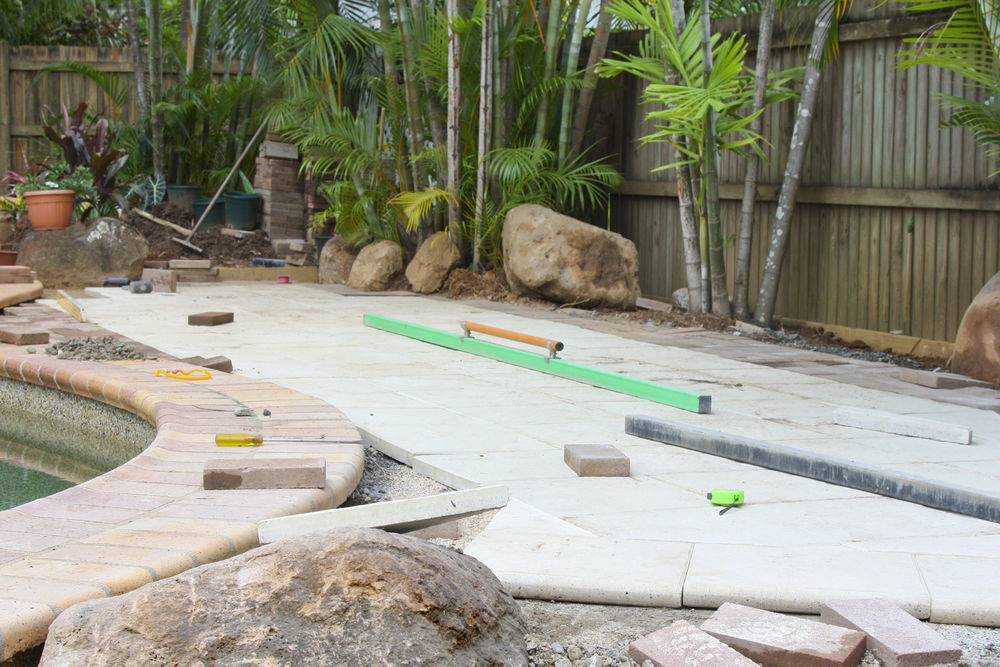QUESTION: My husband and I installed a travertine stone patio around our swimming pool. He has done projects like this before so everything went fine with installing the travertine. But after we installed the polymeric sand in the grout lines between the tiles and watered it down, the sand never really hardened the way it was supposed to.
Is there something we can do to stabilize the sand so that it doesn’t crack and erode? It seems as if we can’t hose down the patio without losing some of the sand. What’s going to happen in a monsoon storm? Will it all wash away?
ANSWER: It’s possible that some kind of mistake was made in installing the sand. Sometimes the problems occur due to over-watering or under-watering. It is also true that even when the sand is properly laid in the first place and looks just fine, it may start to break up over time and will need to be repaired. There shouldn’t be any more loss of sand from a rainstorm than from hosing off the patio.
Q: We have a stucco home that was wood-framed using 2x6s. Now we want to install shutters next to the windows. What’s the best way to do that?
A: You should try to drill into the studs that are alongside the window for anchor points. We recommend using a power drill so that the holes are even and clean. Then put a dab of silicone into each of the holes you will use to fasten the shutters on the walls.
Q: I live in a home built in 2006 that was coated with something called synthetic stucco instead of regular stucco. Because we have such expansive soil here where we live, we’re getting lots of cracks in the stucco around the framing areas of the home. What can we do to fix this problem? Can we patch those cracks?
A: A stucco expert should look at the house to see what needs to be done next. It may be possible to patch the cracks in the present synthetic stucco, but the patching would be visible once it’s done. The house would start to look like a road map after patching and repainting. In many cases, the problem would begin again. The best solution might be to recover the surface with new conventional stucco completely. You wouldn’t have to remove the synthetic stucco before you do that.
Q: My neighbors have a young apple tree that they want to remove from their yard. I’d like to transplant it to my yard. When is the best time to do that and how should I prepare the new planting hole?
A: It’s best to do it in the late fall or early wintertime after the fruit is harvested and the tree begins to slow down. By then it should have started losing its leaves. The tree won’t be completely dormant because that doesn’t really happen in Arizona. Then dig a hole that is about 9 inches in diameter for every inch of the diameter of the tree. You’ll probably have to cut off a few of the roots. Then use a large piece of burlap to pick up the tree and transfer it to its new home.





